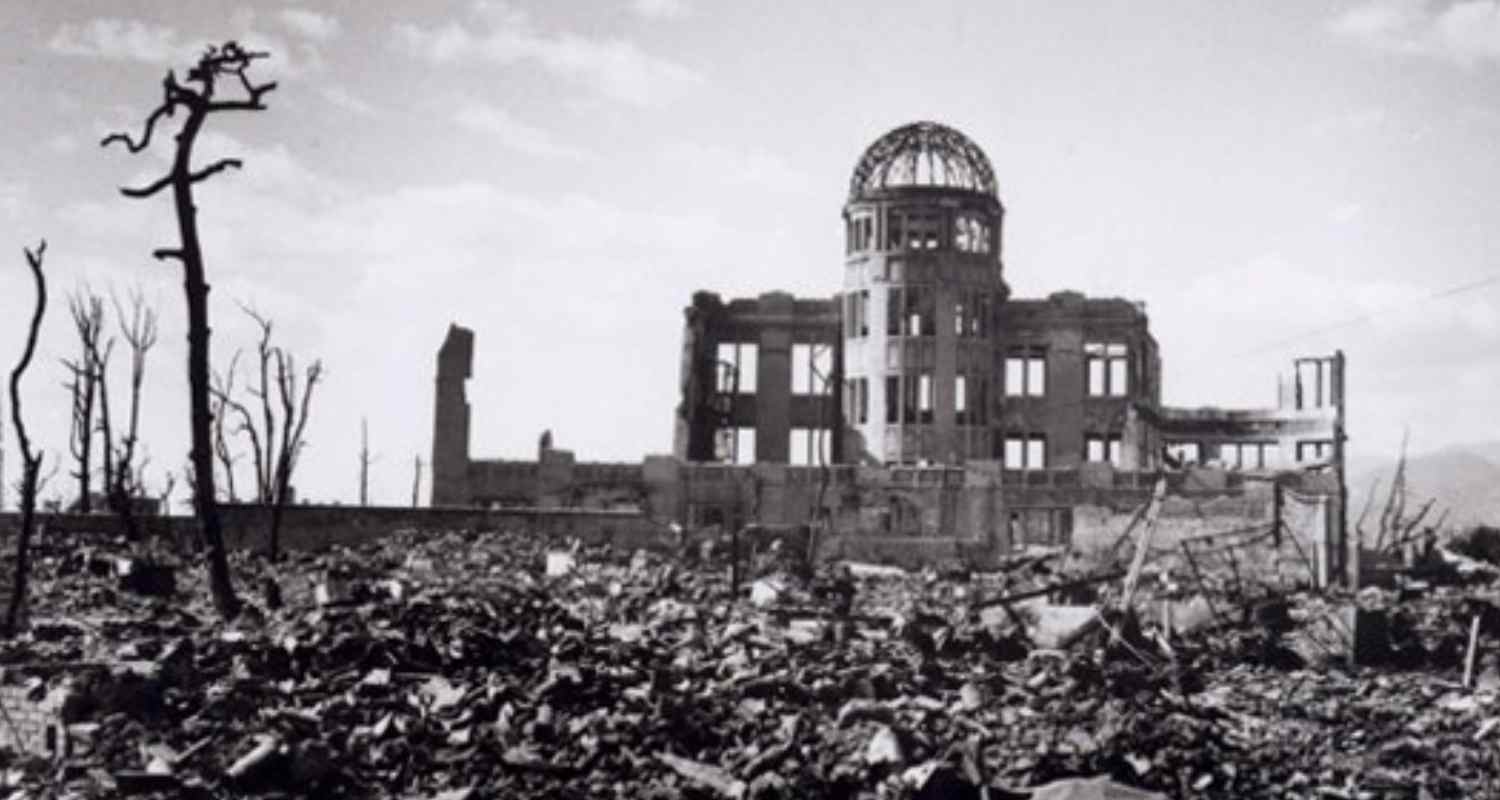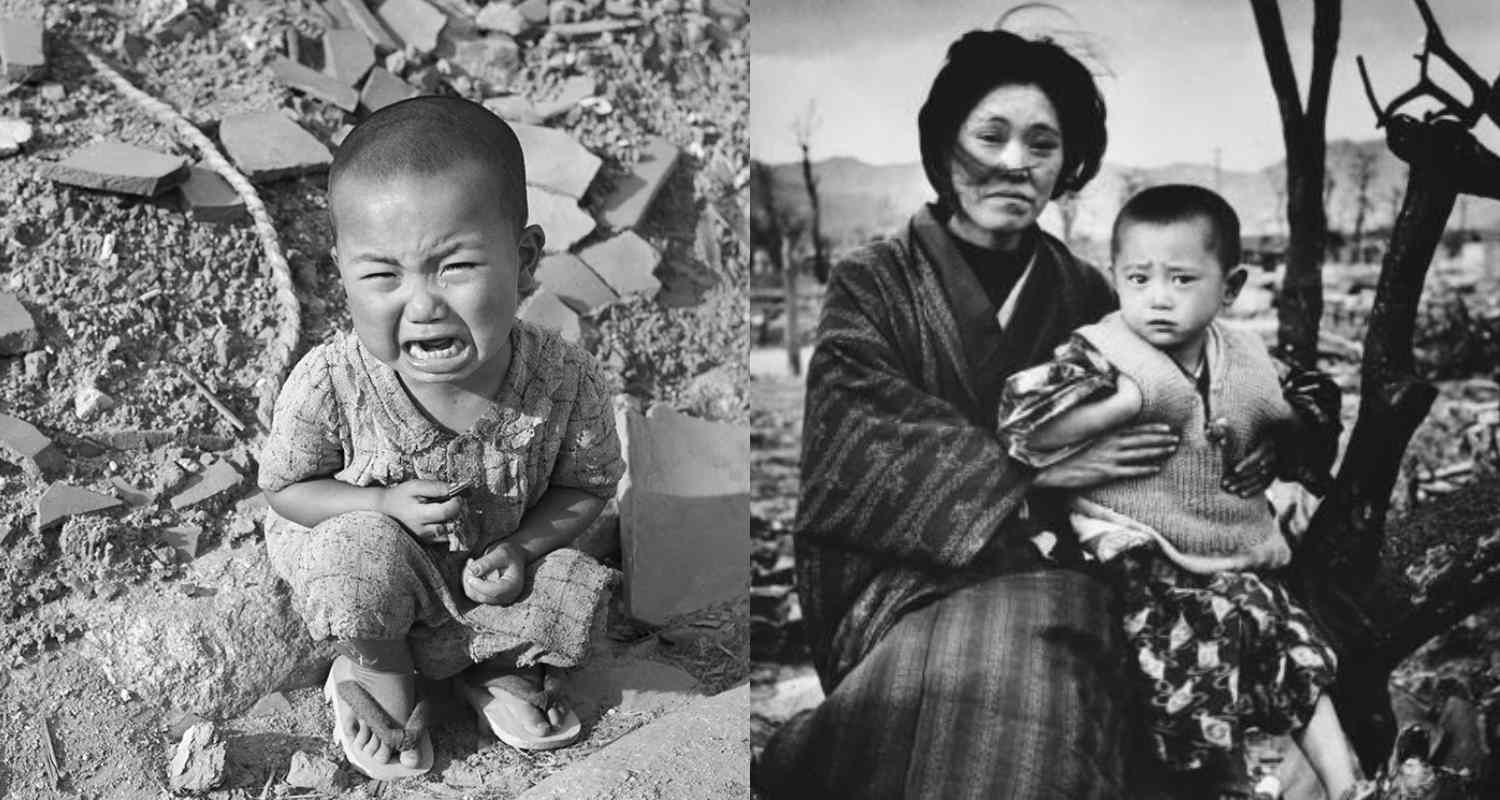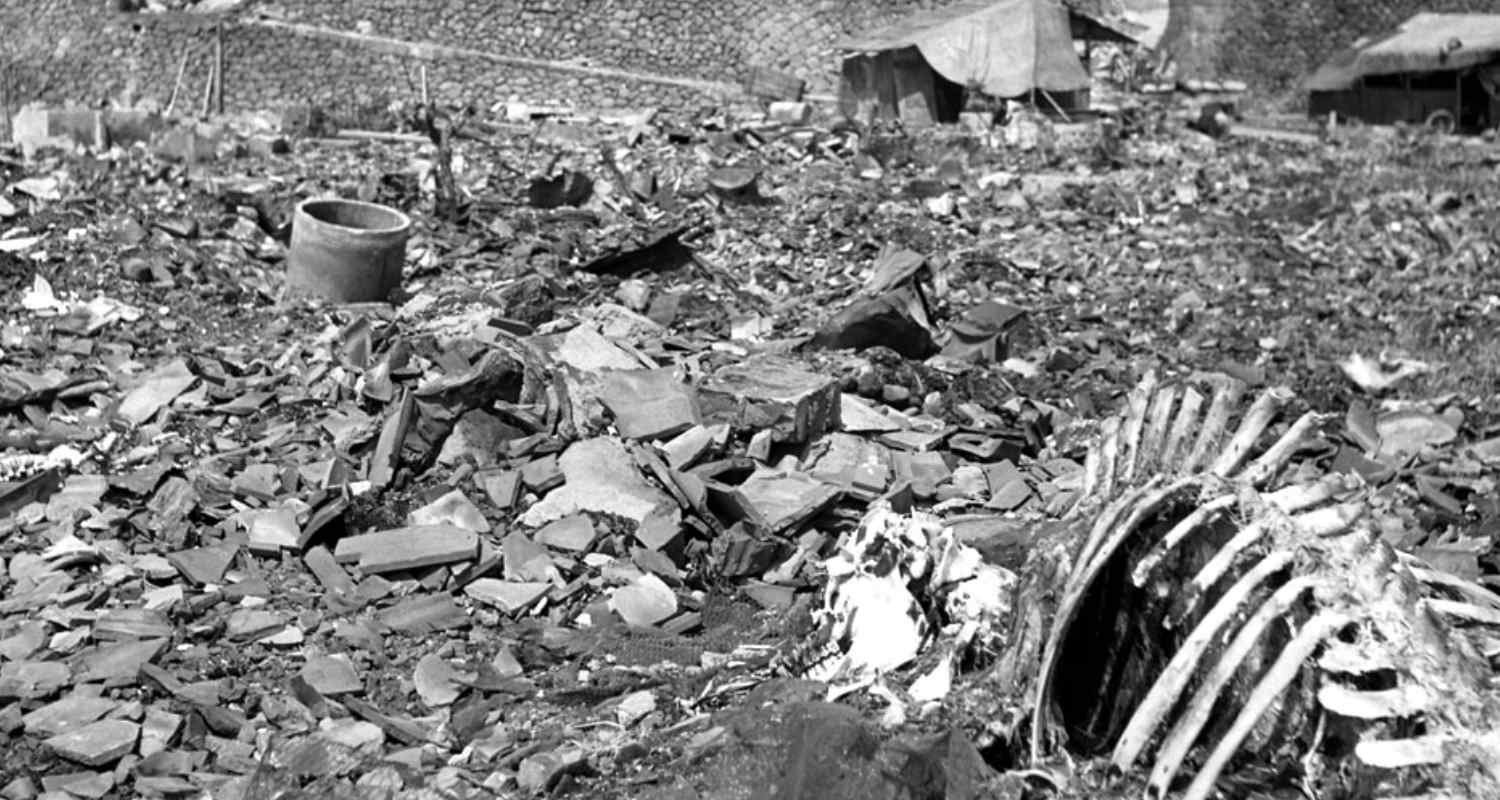One of the most lethal attacks in history, the month of August 2025, marks 80 years of the Hiroshima and Nagasaki bombings. On August 6, 1945, the United States of America dropped an atomic bomb named “Little Boy” on Hiroshima, Japan, and on August 9, 1945, another bomb, “Fat Man”, was dropped on Nagasaki. As many as 140,000 people lost their lives while many were crippled due to nuclear radiation.
Three days after Hiroshima, as many as 40,000 innocent people lost their lives when the second bomb was dropped on Nagasaki. The ones who survived faced acute radiation sickness and long-term health issues. Some of them were diagnosed with cancer years later. This led to the surrender of Japan, marking the end of World War II. Japan made the announcement of its surrender on August 15, 1945, and officially signed the surrender on September 2, 1945.
Nagasaki was a major port and industrial hub, especially for shipbuilding, and Hiroshima was a military and industrial centre that housed important Japanese army facilities.

Fact file
• US B-29 bomber Enola Gay dropped the atomic bomb "Little Boy" on Hiroshima at 8:15 am (local time) and the “Fat Man” atomic bomb on Nagasaki was dropped by the same US bomber at 11:02 am (local time) on August 9.
• “Little Boy” — a uranium bomb, generated heat of 4,000°C (7,200°F).
• “Fat Man” — a plutonium bomb, had a blast power of 21 kilotons of TNT. The blast flattened a two-mile radius, with fires burning for days.
• 70 per cent of Hiroshima’s buildings faced complete destruction. These include homes and business places.
• 40 per cent of Nagasaki was destroyed.
• The survivors of these fatal atomic bombings are called "hibakusha", which in English is translated to "bomb-affected people".
• Survivors suffered from leukaemia, cancer and other chronic diseases.

Not only this, the later years for the survivors were turbulent. They were discriminated against at every step, facing social stigma, health issues, PTSD, survivor’s guilt and psychological trauma. “Hibakusha” also described skin peeling off due to burns or drinking contaminated water out of desperation. The radiation not only destroyed human lives, but also had a long-term impact on the climate, soil and water. This further affected the agricultural ability of the land.
Japan marks annual ceremonies to commemorate the victims and advocate for nuclear disarmament. Both cities became symbols of peace, with memorials like Hiroshima’s Peace Memorial Park and Nagasaki’s Peace Park.
Nagasaki was not the original target, as authorities had initially drawn up a shortlist of four cities, which were Hiroshima, Kokura, Niigata and Kyoto. The list was later revised by the Secretary of War Henry Stimson, who reportedly argued that Kyoto was too significant a cultural centre to be destroyed. Some accounts suggest he also had personal reasons, as he is believed to have spent his honeymoon there. It is to be noted that Kokura was spared due to cloud cover on August 9, which led to Nagasaki’s bombing instead. Nagasaki’s hilly terrain helped reduce some damage, but the key industrial areas were wiped clean by the bomb.

The world was in shock. Many influential leaders, including Albert Einstein, a Manhattan Project supporter, later advocated for nuclear disarmament. The bombings showed the destructive potential of nuclear weapons, which then influenced the arms race at the global level. Following this, during the Cold War (roughly 1947–1991), countries and international organisations worked hard to stop the spread of nuclear weapons and other instruments of mass destruction (WMDs) between nations.
As of 2025, there are 12,500 nuclear warheads globally. There are several international organisations such as ICAN (International Campaign to Abolish Nuclear Weapons) that bat for nuclear disarmament.
To date, the debate on the bombings remain controversial. Remembering the innocent lives lost, the world must reflect upon what could be the humanitarian consequences of nuclear warfare. Should an act like this be justified under any circumstances?




